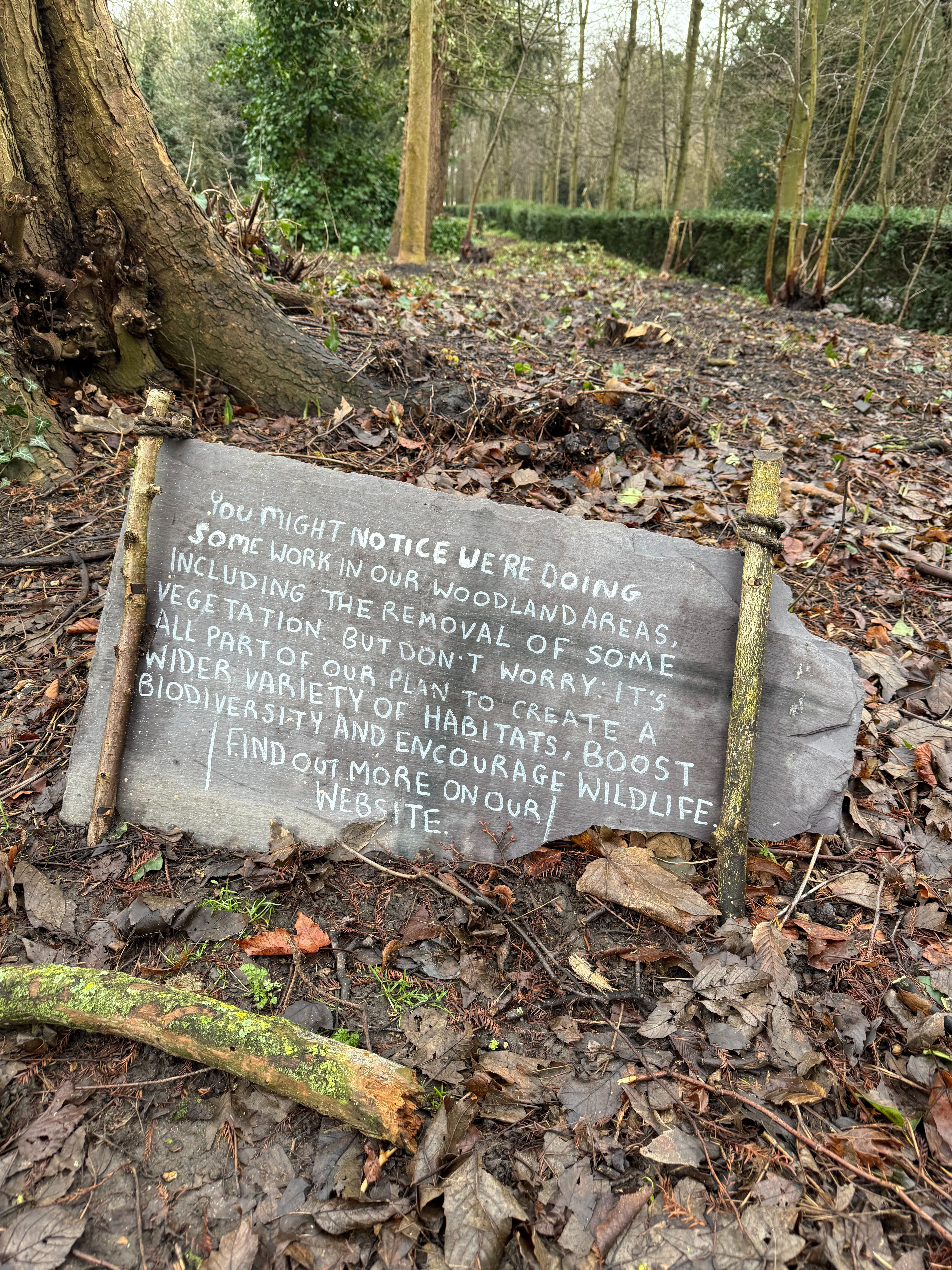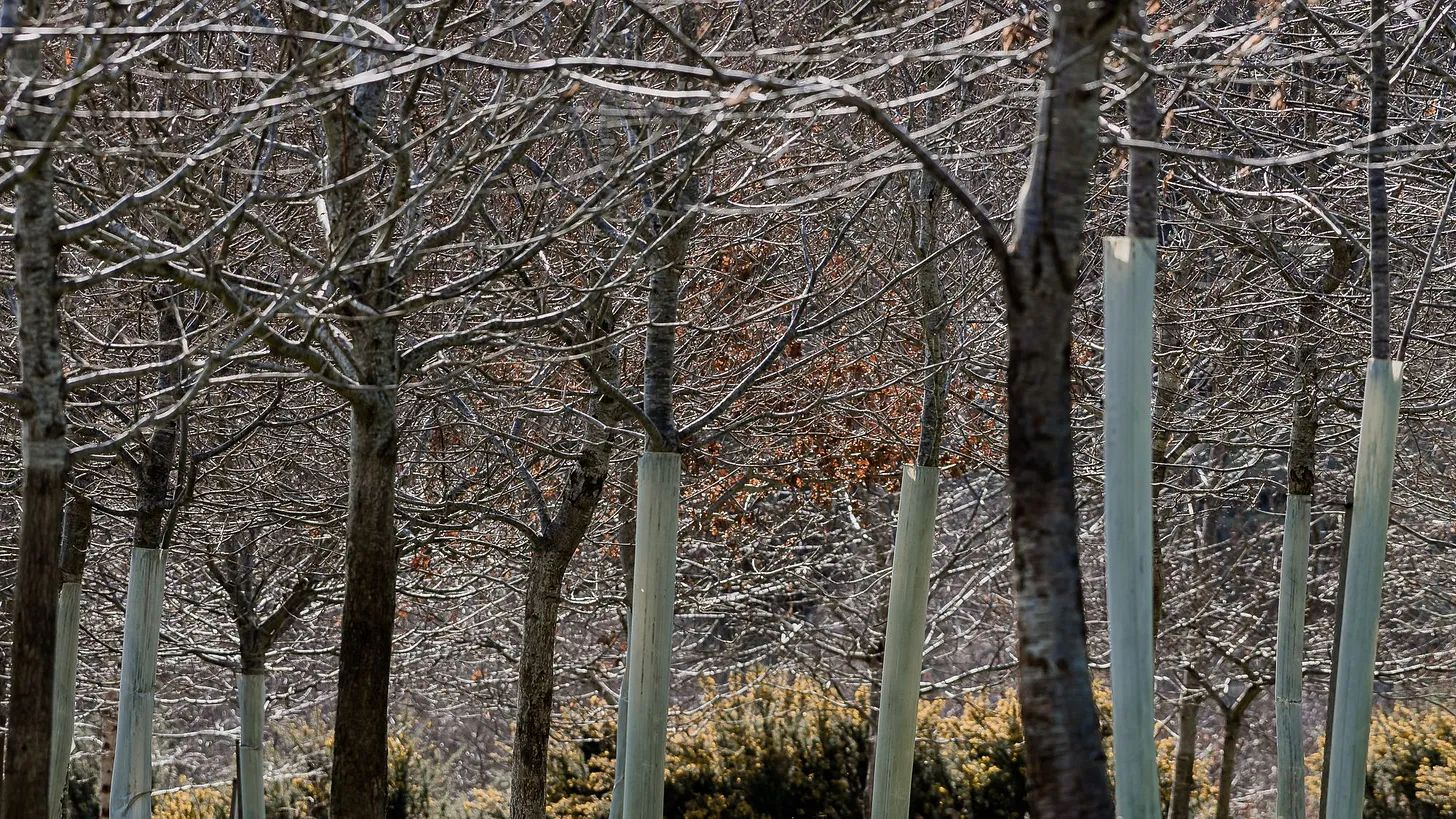We love the "Letting the Light In" project at Chiswick House & Gardens in West London, funded by Rewild London and supported by the Mayor of London and the London Wildlife Trust. It aims to enhance biodiversity in approx 20 acres of the estate’s woodlands. Overgrown with invasive species like holly, cherry laurel, and rhododendron, the woodlands have become dense, limiting sunlight and reducing habitat variety. The initiative focuses on clearing overgrown areas, removing invasive plants, and allowing more light to promote healthier ecosystems for birds, insects, and mammals.
Over the next five years, the project aims to restore thriving woodlands with healthier trees and increased wildlife. This smaller-scale rewilding serves as an example of how urban spaces can prioritise biodiversity and environmental sustainability. It's a great example of the "smaller-scale" rewilding approach pioneered by LettsSafari.

Of course, the traditional view of rewilding often conjures images of vast wilderness reserves and extensive land restoration projects. However, projects like Letting The Light In and LettsSafari demonstrate that smaller-scale rewilding initiatives may hold the key to addressing biodiversity loss and climate change more effectively.
LettsSafari's innovative model focuses on transforming smaller parcels of land into thriving ecosystems such as those at Dawlish Park in Devon. This approach challenges the conventional wisdom that rewilding requires extensive land holdings to be effective. By working with areas ranging from several hundred down to a household backyard, LettsSafari has proven that significant ecological improvements can be achieved on a more modest scale.
Smaller-scale rewilding offers several distinct advantages over larger projects:

The genius of the smaller-scale approach lies in its potential for creating networks of rewilded spaces. When multiple smaller sites implement rewilding principles, they form ecological stepping stones that allow wildlife to move through landscapes, even in urban and suburban areas. This network effect amplifies the impact of each individual site, creating a more resilient and interconnected natural system.
Smaller-scale rewilding projects contribute significantly to climate change mitigation through:
The LettsSafari model demonstrates that rewilding need not be limited to large-scale wilderness areas. By making rewilding more accessible and achievable, this approach has the potential to transform conservation efforts globally. As more organisations and communities adopt these principles, we could see a mosaic of rewilded spaces emerging across urban and rural landscapes, creating a more biodiverse and climate-resilient future.
The success of smaller-scale rewilding initiatives proves that when it comes to environmental restoration, bigger isn't always better. Through strategic implementation of these principles at various scales, we can work towards a more sustainable and biodiverse planet, one small patch at a time.
Become a LettsSafari subscriber today! Support our work, get exclusive content on our projects and even receive expert tips to transform your garden into a wildlife haven. All for the price of a monthly cup of coffee.
🌱 For every 10 new subscribers we plant a tree a year.
🦔 For every 100, we release an endangered animal.
🌳 And for every 10,000 we create a new rewilding safari park a year!
Make A Difference: Together We Can Rewild To Tackle Climate Change.